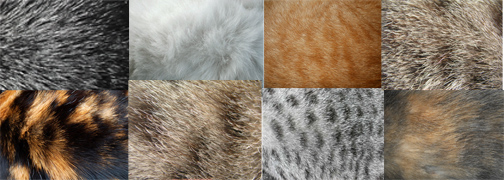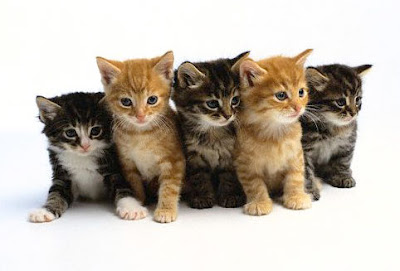When
a company wishes to sell or improve the sales of its products or services, it
may decide to advertise. Newspapers and magazines carry advertisements, as do
billboards, television, and radio. Marketing is a wider process of creating a
product or service, advertising it and selling it. advertising and marketing
are vast industries that affect all our lives.
How Advertising works?
Advertising
use humour and strong images to get our attention. Short, memorable
catchphrases called slogans become associated with the product. An advertising
campaign often combines posters and television advertisements so that
repetition ensures people remember the product.
Image
Advertisers try to create a product image that will appeal
to particular customers. An advertisement for perfume, for example may project
an image of beauty and sophistication. Well known personalities may be shown
endorsing a product to strengthen its image.
Marketing
A company’s marketing strategy includes market research,
product development, publicity, advertising, and point of sale displays. The
marketing department researches the product people want, and works with other
departments to make sure that products meet the customers’ needs and
expectations.
Market research
The purpose of market research is to find out what sorts of
people are likely to buy a product, and what will make them buy one product
rather than another. Researchers get this information from questionnaires,
interviews and government statistics.
Point of sale
Shops use posters and display units to encourage people to
buy products. Point of sale displays try to catch the customers’ eye where he
or she can buy the product immediately. Shop window displays aim to draw
customer into a shop.
Public relations
Many companies use public relations, or PR, to improve their
standing with the people who buy their products. The two main branches of PR
are research and communication. Research tries to find out what people think
about the company with people through press coverage, advertising, and
sponsorship.
Advertising agencies
Companies use advertising agencies to advise them on their
advertising strategy. Advertising agencies conduct market research, plan which
forms of media the clients’ advertisements should appear in, and finally
prepare the clients’ advertisements.
Storyboard
The first stage of producing a television advertisement is
to present a storyboard of ideas to the client, showing how the final
advertisement will look. A storyboard rather looks like a comic strip, with a
series of pictures showing how the action will run. If the client approves the
storyboard, production can go ahead.
Production
The advertising agency hires a production team to film the
advertisement. This will include a producer, who supervises the rehearsal
schedule, and a director, who directs the action when the commercial is being
filmed. Once the film has been shot, a sound track is added. The sound track
may be a voice-over repeating the product name and a catchy tune called a jingle.
Advertisement
Once the advertisement has been completed, it is
shown to the client. If the client approves the film, it is taken to the
television stations to be aired. Television advertising is by far the most
expensive form of advertising, but it is the most effective since it reaches
people in their own homes.

















